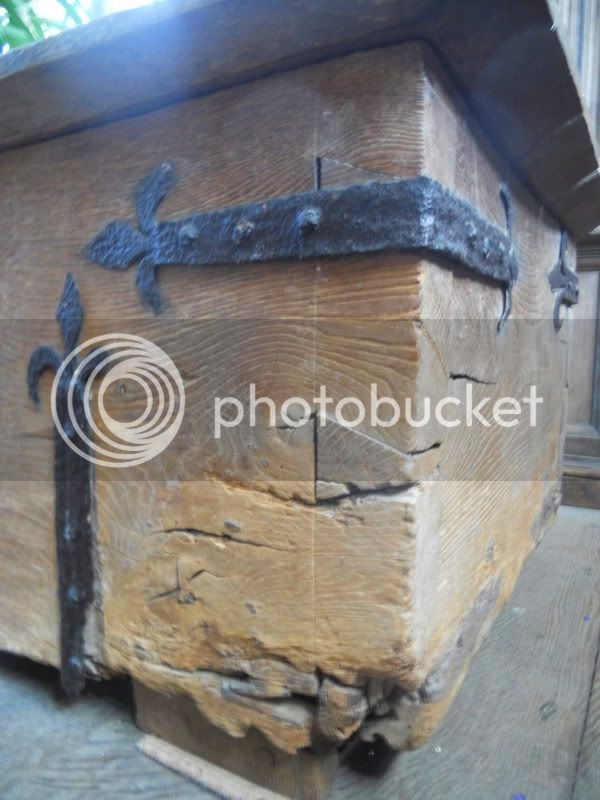A discussion in the hand tool thread about skew chisels has drifted on to historical examples of dovetail joints and what we can learn from going and looking at old furniture.
I suspect we don't all have the good fortune to live in houses full of antiques, but there are some good sources of reference pictures on-line.
I particularly like the blog written by "Jack Plane" at http://pegsandtails.wordpress.com/. He builds furniture in historically correct style and discusses all sorts of fascinating details.
This is his photo history of drawer front dovetails - and it includes an interesting argument about why very skinny "London Pattern" pins came to be adopted as a good thing: http://pegsandtails.wordpress.com/2013/02/18/drawer-front-dovetail-evolution/.
I'd also pick out his post on how to make a drawer the mid C18th way: http://pegsandtails.wordpress.com/2012/07/22/constructing-a-mid-eighteenth-century-drawer/.
Has anyone bookmarked any other especially good pictures of historic dovetails? I remember coming across a big photo album on someone's blog but can't find it at the moment.
I suspect we don't all have the good fortune to live in houses full of antiques, but there are some good sources of reference pictures on-line.
I particularly like the blog written by "Jack Plane" at http://pegsandtails.wordpress.com/. He builds furniture in historically correct style and discusses all sorts of fascinating details.
This is his photo history of drawer front dovetails - and it includes an interesting argument about why very skinny "London Pattern" pins came to be adopted as a good thing: http://pegsandtails.wordpress.com/2013/02/18/drawer-front-dovetail-evolution/.
I'd also pick out his post on how to make a drawer the mid C18th way: http://pegsandtails.wordpress.com/2012/07/22/constructing-a-mid-eighteenth-century-drawer/.
Has anyone bookmarked any other especially good pictures of historic dovetails? I remember coming across a big photo album on someone's blog but can't find it at the moment.



































